By Dr. Rita Fabbri
Garlic is a plant that has been cultivated since ancient times. Linnaeus indicates Sicily as the homeland of the plant. Kunth indicates Egypt. Some authors affirm that the only country where garlic has been found in the wild with certainty is China. Other researchers claim to have found it spontaneous in India.
Today Garlic is grown on all continents and is mainly known for its culinary use. In Italy it is cultivated mainly in Campania, Sicily, Veneto and Emilia-Romagna (noteworthy is the Garlic of Voghiera, in the province of Ferrara, for its specific genetic identity). The etymology of the botanical name derives from the Celtic word “all ”That is, burning, with allusion to flavor, and from the Latin“ sativum ”which means“ that you can sow ”. Historical documents and popular beliefs (such as the alleged ability to keep vampires away) are a testament to the power of Garlic

Botanical name: Allium sativum L.
Family: Liliaceae
Parts used: cloves
Botanical description
Garlic is a perennial herbaceous plant, cultivated as an annual. The real propagation organs are the cloves or bulbils, which in groups of 5-20 form the bulb or head or head. This is wrapped in a series of leaves called sterile tunics with protective function.
The garlic bulbs must be kept in a cool and ventilated place in crates or hung intertwined in the typical “reste”.
Chemical composition
Sulfur compounds such as allicin, ajoenes, vinildithiins, thiosulfinates, diallyl sulfides.
In the intact bulb, the sulfur compounds are mainly represented by alliin; when the bulb is ground, the ezyme allinase is released which rapidly transforms the alliin into the respective sulphenic acid (responsible for the characteristic smell of garlic); subsequently, by self-condensation, thiosulfinates such as allicin are formed.
The allinase enzyme is inactivated by heat and this explains why cooked garlic smells less than raw garlic and has fewer pharmacological activities.
Therapeutic indications
Garlic has a long tradition of use. Sanskrit documents testify to the use of garlic 5000 years ago. Hippocrates, Aristotle and Pliny mention numerous therapeutic uses of "Garlic. It is frequently mentioned in Egyptian, Chinese, Ayurvetic medicine. Garlic has been the subject of numerous pharmacological and clinical studies also in recent years.
The main pharmacological activities of Garlic can be summarized as follows:
- Lipid-lowering and antiatherogenic activity
- Antiplatelet action
- Antihypertensive activity
- Antibacterial and antifungal action
- Antioxidant action
Therefore the main therapeutic indications are:
- Prophylaxis of atherosclerosis
- Hypertension
- Hypertriglyceridemia / Hypercholesterolemia
Hypolipidemic and antiatherogenic activity: very interesting clinical data relating to the use of garlic in the prevention of atherosclerotic disease and in the treatment of hyperlipidemia not sufficiently corrected by dietary changes alone. It is believed that garlic inhibits the synthesis of cholesterol by inhibition hydroxymethyl-glutaryl-CoA reductase with a mechanism of action similar to that of statins. It seems that the efficacy of garlic can be enhanced by the simultaneous administration of plants capable of sequestering bile salts in the intestine (for example Guggul). Other authors argue that garlic inhibits the absorption of dietary lipids. Finally, in the liver it seems that garlic inhibits acetyl-CoA-synthetase, another enzyme involved in the biosynthesis of lipids.
The lipid-lowering activity is perhaps more important from a qualitative than a quantitative point of view, in fact, garlic prevents the oxidation of LDL, thus reducing the risk of formation and progression of atherosclerotic plaques. We can therefore state that garlic, especially later on with prolonged and continuous use, it exerts a generic protective effect on the cardiovascular level.
Antihypertensive activity: the hypotensive effect of garlic has been studied by various authors but the mechanism of action has not been definitively defined. We certainly have a peripheral vasodilation mediated by the "inhibition of" adenosine deaminase in correspondence with the endothelium of the vessel, therefore an enhancement of the myorelaxant action of the endogenous adenosine. "hypotensive effect. Perhaps also an "ACE-inhibitory action (inhibition of the" angiotensin converting enzyme) and a "calcium channel blocker activity could explain the moderate antihypertensive effect in hypertensive patients.
Anti-platelet action: Garlic has an anti-platelet action: the effect is mediated by the inhibition of the synthesis of pro-aggregating eicosanoids in particular thromboxane B2. The antiplatelet action could also be due to the fact that garlic limits the intra-platelet mobilization of calcium, activates the NO-synthetase of platelets and controls their ability to bind fibrinogen.
Antibacterial and antifungal action: "Garlic is also used in upper respiratory tract infections and catarrhal affections. It has a good activity against"Helycobacter pylori responsible for some forms of gastroduodenal ulcer. Good efficacy also in some forms of foot and ear mycosis.
Also well known in popular medicine is the antihelminthic action of garlic in intestinal infestations from roundworms and pinworms.
Finally, Garlic possesses important immunostimulating and anticancer properties confirming the epidemiological evidence that a high consumption of Garlic is associated with a reduction in the risk of various cancers. For example, in China a comparative study on the population of different regions found that deaths from stomach cancer are significantly lower where the consumption of garlic is high compared to regions with a lower consumption of garlic. Human studies have shown that garlic inhibits the formation of nitrosamines (powerful carcinogenic compounds that form during digestion).
Dosage
The dosage of commercial garlic products should provide a daily dose of at least 10 mg of alliin or an allicin potential of 4,000 µg. This quantity is approximately equal to one clove (4 g) of fresh garlic.
Contraindications, special warnings and appropriate precautions for use, undesirable effects
No known contraindications. Caution is recommended in the pre-operative state (the use of garlic preparations should be suspended at least a couple of weeks before surgery or biopsy examinations). To be used with caution in patients suffering from peptic ulcer or gastritis. there are rare cases of gastrointestinal irritation in sensitive subjects. There are no reasons to exclude the use of garlic in pregnancy and lactation, however some volatile components of garlic containing sulfur pass into breast milk modifying its taste.
Altering the smell of the breath is the most commonly encountered side effect of garlic.
It is to be avoided in association with anticoagulant and antiplatelet drugs, and with some antiretroviral drugs in HIV therapy.
Garlic has a high safety profile as can be easily guessed from the long tradition in culinary use.
Other articles on "Garlic - Properties of" garlic - Phytotherapy "
- Garlic: side effects and therapeutic indications
- Garlic
- Garlic: properties and phytotherapy
- Garlic in Herbalist: properties of Garlic
- Allicin

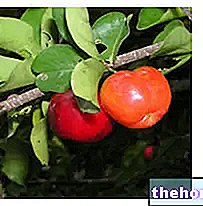
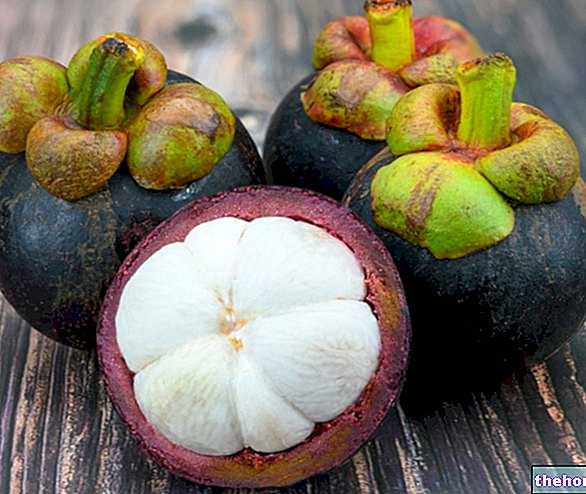
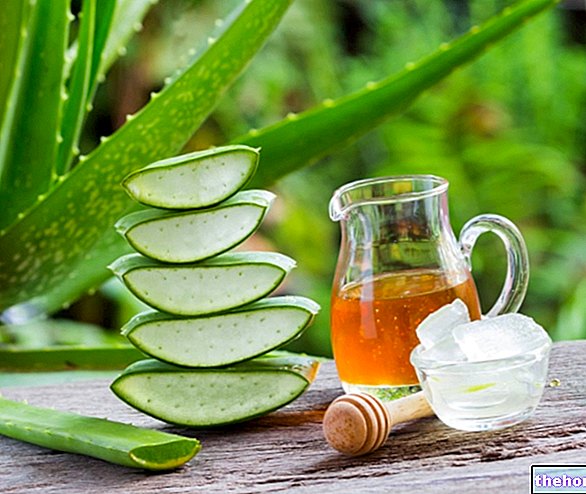
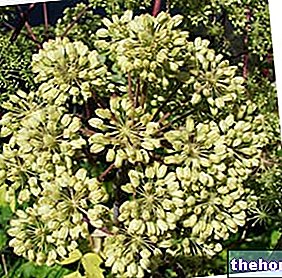
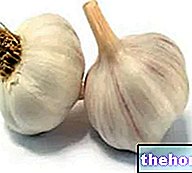










.jpg)











